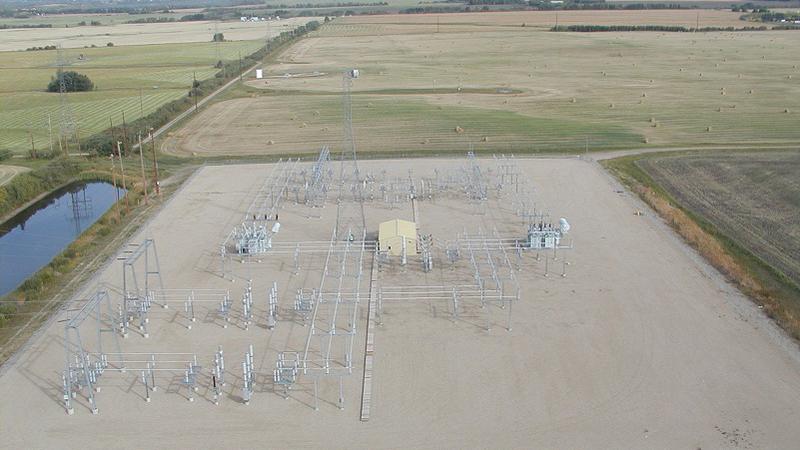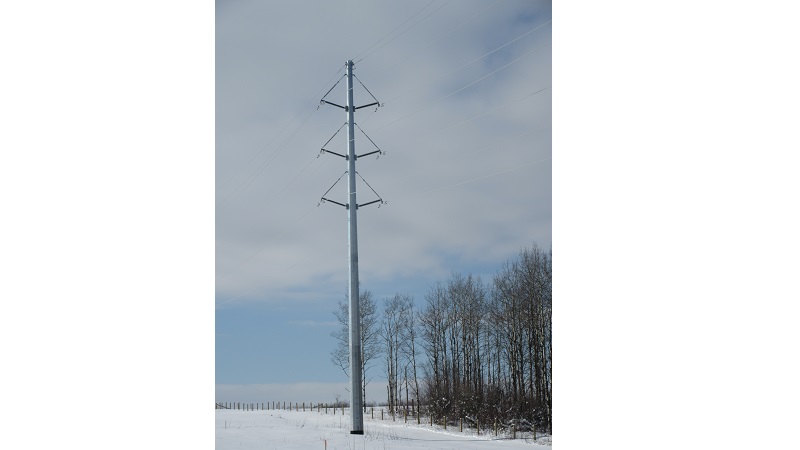
AUC considering transmission line development project proposed for central Alberta
A decision is expected sometime later this summer regarding new transmission line development projects proposed for parts of central and east central Alberta.
This after the conclusion last week of a month-long public hearing held virtually and hosted by the Alberta Utilities Commission (AUC), which will rule on the application from the Alberta Electric System Operator (AESO) on the need for the project.
The Central East Transfer-Out Transmission Development Project contains applications from ATCO Electric Ltd and AltaLink Management Ltd.
ATCO’s application includes upgrading the existing Tinchebray 972S Substation northeast of Halkirk and construct and operate a new double-circuit, approximately 80-kilometre long, 240-kilovolt (kV) transmission line between there and AltaLink Management Ltd’s proposed 962L/968L transmission line.



